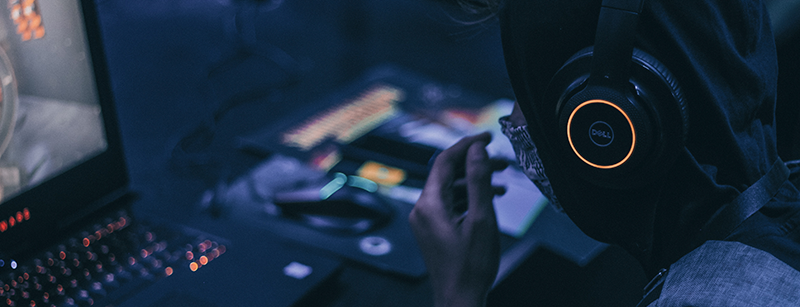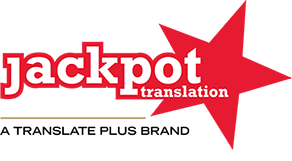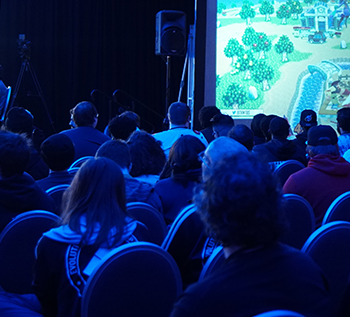
Five gaming translation essentials for multilingual games
With the global video game market set to reach $US 138.4 billion by 2021 (Statista), the industry continues to demonstrate consistent year-on-year growth. Online and mobile gaming have truly opened the market to global audiences with smartphones making games accessible to almost everyone – not only PC and console owners.
Tapping into this global market is an attractive prospect, but building an audience of foreign-speaking gamers is no easy task. You can’t release a game in English and expect people around the world to start playing; you need to translate for every target market and here are five translation essentials you need to have covered for multilingual games.
#1: Expert gaming translation services
Translating video games is completely different to translating instruction manuals, advertising campaigns and most other language projects. There are linguistic, technical and development challenges unique to creating multilingual games and you’re going to want translators with experience in dealing with these.
Knowing what these challenges are and putting in the right processes to deal with them before they become problematic is crucial. So make sure the first thing you do is get expert gaming translation services on your side.
#2: Localising in-game language and gameplay
A common issue you need to consider with gaming translation is how suitable your original game is going to be for each target market. Media regulations and cultural expectations can vary greatly among different regions and this can impact your obligations as a publisher.
This is where video game localisation comes into the process.
In some cases, you may need to change the wording in your script for certain markets, rather than simply translating everything directly. A lot of publishers even adapt the gameplay in their titles to make them more suitable for certain markets – something Nintendo famously does with the Western releases of Japanese games.
#3: Localising interfaces, layouts & UI elements
Translation often makes text longer (especially when you’re starting from English) and this can break user interfaces, layouts and other UI elements. This is something you ideally need to keep in mind during the design stage to avoid issues later on. Although an expert team of game translators and localisers will be able to help you rephrase certain parts to reduce text length or adapt UI elements to accommodate every translation.
As with many things in this world, prevention is better than cure and planning ahead with translation in mind goes a long way.
#4: Localising game code during the development stage
How you organise and code your core game files ultimately determines how easy it is to add new languages, implement edits and updates, debug for issues and create a reliable language selection system for users.
You don’t want to be pulling apart core game files every time you add translated language files. You should be able to essentially upload new language files, knowing everything will be called into the relevant place when a user chooses their languages of choice.
Setting up games like this is not particularly difficult, but it is important to localise your code in this way from the very beginning, otherwise you end up with a lot of unnecessary extra work later on.
#5: Transcreation & localised marketing materials
With your game fully-developed and ready for release, you still need to think about translating your marketing material for each target market. Direct translation doesn’t always cut it when it comes to ads and marketing content, so you may need something called transcreation. This looks beyond specific wording to find the best marketing message in each language to get the desired response from audiences, even if the direct translations are different.
You also need to think about localising for different platforms, such as Steam, Google Play and offline sales points. Screenshots should show the relevant language, game descriptions should be translated and all necessary support content (user guides, T&Cs, etc.) should be translated as well.
Gaming translation can involve a lot of work to get it right the first time, but every project is going to get easier and more time/cost-effective. The key thing is to get the right processes in place from the very start, which enable you to translate games effectively with as little friction as possible. Given the right expertise and tools (translation memory, machine translation, etc.), gaming translation will soon become a seamless process that helps you tap into international audiences and make the most of that global gaming market.
- Posted by Alexandra Kravariti
- On 13th November 2019
- 0 Comments



0 Comments